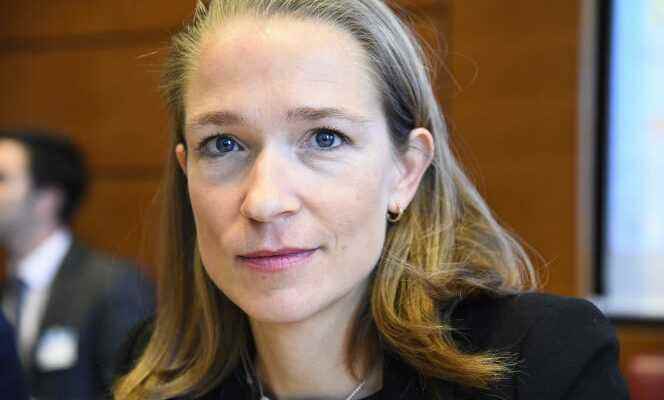Amélie Verdier, former director of the budget within the Ministry of Economy and Finance, has been director of the Ile-de-France regional health agency since July 2021. She succeeded Aurélien Rousseau, now director of the office of Elisabeth Borne, Prime Minister.
The hospital crisis is hitting maternities hard. What is the situation in Ile-de-France?
Ile-de-France maternity hospitals are in a fragile situation and, for some, in Seine-Saint-Denis or in part of Val-d’Oise, very fragile. We are very attentive to it. The tensions are mainly due to the lack of midwives. In Seine-Saint-Denis, we could reach a shortage of staff of 35% of midwifery positions throughout the department during the summer, which is unprecedented.
Ile-de-France is already generally less well off than other regions, with 73 midwives per 100,000 inhabitants, compared to 79 at the national level. At the same time, we have this strong tendency, at home as elsewhere, of midwives who wish to practice as a liberal rather than in the hospital. Between 2011 and 2022, the workforce in liberal and mixed practice thus increased by 172%, while those in health establishments almost stagnated (+ 3%). Since the Covid-19 crisis, there has even been a 10% decrease in the number of midwives in the hospital. A downward trend that started in 2016.
How are you preparing for the summer, an already difficult period in maternity wards, with activity that is maintained or even increased, but a reduced staff?
In the short term, several measures are in place. Establishments can enter into an agreement to increase overtime on shortage occupations, such as that of midwifery, by around 30%. We are working to strengthen the pool of liberals, retirees, students in training, who can come to support the teams.
We are also going to bring regional solidarity into play. To ensure that all women about to give birth and emergencies are well taken care of in a maternity ward, we are opening a regional regulatory unit in the next few days. This device already exists for pathological pregnancies, but, given the tensions, we are going to deploy it for all pregnancies. This is to eliminate the slightest risk that a patient finds herself in front of an establishment where she could not be accommodated.
You have 46.7% of this article left to read. The following is for subscribers only.
